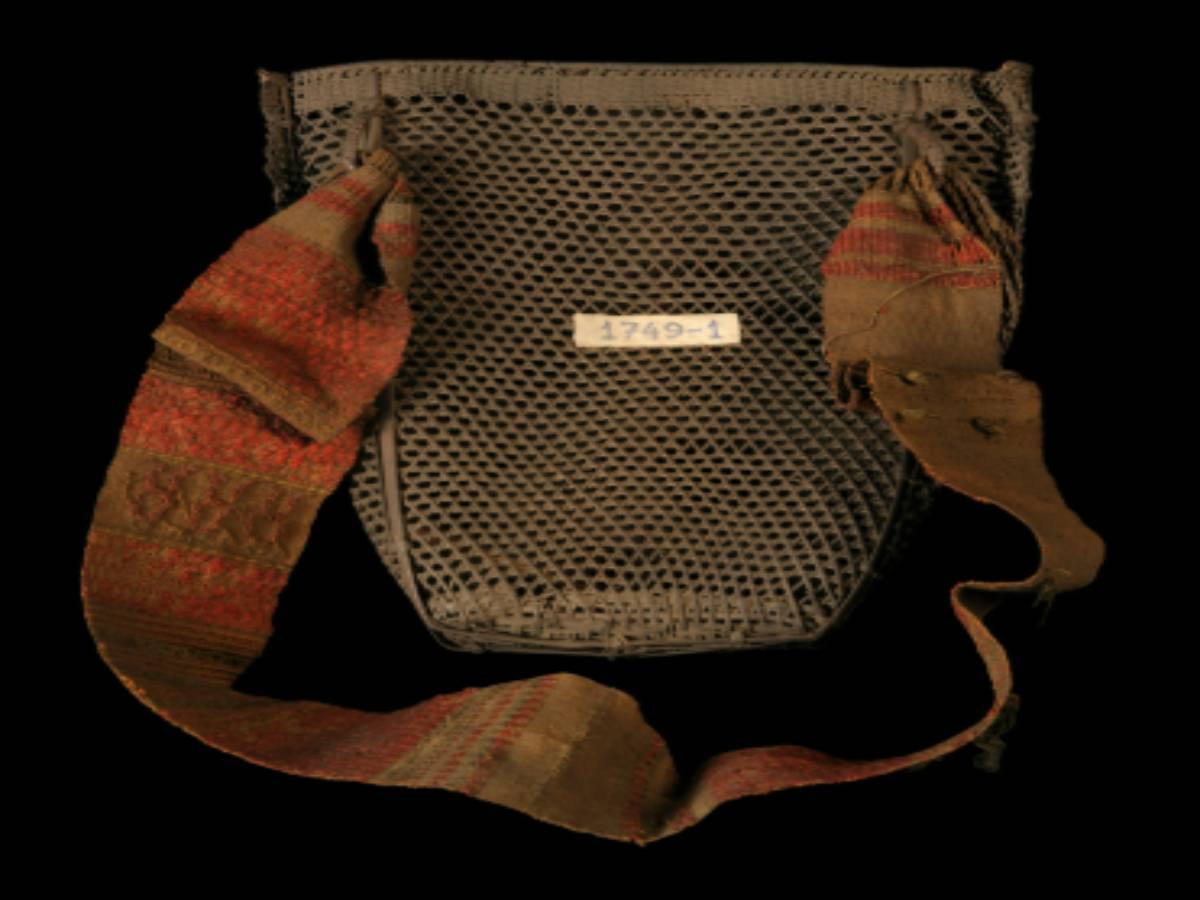State
Tribe Name
Art Type
short description
Although cane haversacks now tend to get classified as antique, the conical cane haversack of the Khampti tribes of Assam is still very much in use for practical purposes. Beautifully made by splitting from cane, it serves dual purposes, that is, utility and culture. Carried as a haversack, it shows the tribe's immense knowledge of local materials and their time-honored techniques in basket making.Designed for long life and an easy carry, this haversack has a thick weaving of opening, giving overall strength and structure. An attachable cotton strap is also in place at the top for shoulder or back use, embellished by red embroidery pattern bringing in tribal identity by a touch of aesthetics. This whole mix of work and decor speaks volumes about the Khampti people in the balance between utility and artistry.
Thumbnail

Filter Postion
Left
Filter Background
Off
Theme
Filter Header Image

content
Image

description
Although cane haversacks now tend to get classified as antique, the conical cane haversack of the Khampti tribes of Assam is still very much in use for practical purposes. Beautifully made by splitting from cane, it serves dual purposes, that is, utility and culture. Carried as a haversack, it shows the tribe's immense knowledge of local materials and their time-honored techniques in basket making.Designed for long life and an easy carry, this haversack has a thick weaving of opening, giving overall strength and structure. An attachable cotton strap is also in place at the top for shoulder or back use, embellished by red embroidery pattern bringing in tribal identity by a touch of aesthetics. This whole mix of work and decor speaks volumes about the Khampti people in the balance between utility and artistry.
Historically, such haversacks were used by people to carry all their daily devolutions, like one's own food, firewood, or tools needed for travel through the forestized and hilly terrains. It has a conical shape from where it is possible to efficiently store and distribute weight in the best way possible, thus making it easy to carry over long distances.The cane haversack represents not just a utilitarian object but embodies the sustainable lifestyle of the Khampti tribe, who uses natural, biodegradable materials in their everyday wares. The cane and cotton also say a lot for the environmental consciousness and crafting ingenuity of the community. Now the Indian Museum, Kolkata, is the new dwelling place for the cane haversack. The haversack is a testimony to the functional craftiness and cultural richness of the Khampti people.
Historically, such haversacks were used by people to carry all their daily devolutions, like one's own food, firewood, or tools needed for travel through the forestized and hilly terrains. It has a conical shape from where it is possible to efficiently store and distribute weight in the best way possible, thus making it easy to carry over long distances.The cane haversack represents not just a utilitarian object but embodies the sustainable lifestyle of the Khampti tribe, who uses natural, biodegradable materials in their everyday wares. The cane and cotton also say a lot for the environmental consciousness and crafting ingenuity of the community. Now the Indian Museum, Kolkata, is the new dwelling place for the cane haversack. The haversack is a testimony to the functional craftiness and cultural richness of the Khampti people.
Image Mode
landscape
promoted
On
Verified
Off
